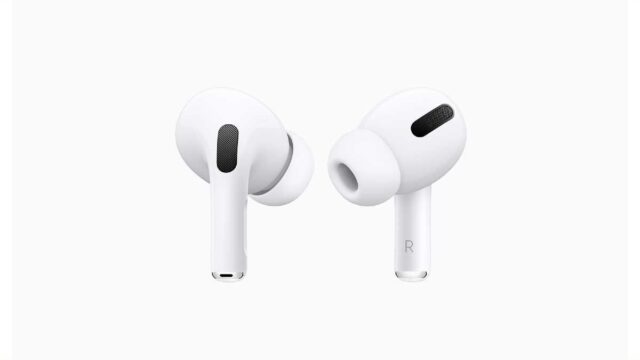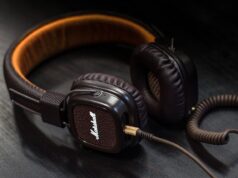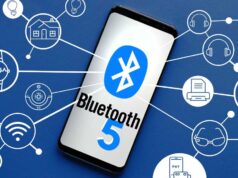
Table of Contents
Many true wireless earbuds have battery life issues, including the AirPods.
The Apple AirPods are the first earbuds that come to me when I think of genuine wireless earbuds. These earbuds have the same battery life as other true wireless earbuds, however, they all have the same issue: a limited life cycle. What is the reason for this? After all, your headphones could cost upwards of $200, so you want them to last. The batteries are subjected to a charge and discharge cycle on a regular basis, which reduces their lifespan.
In the electronics industry, battery issues are nothing new.
Let’s go back to 2017 when the Apple iPhone battery issue made headlines around the world. Apple even went so far as to provide a significant discount on battery replacement services for iPhone 6 and subsequent owners. Samsung had a burning catastrophe in 2017 when its Samsung Galaxy Note 7 had a bad habit of spontaneously combusting, and it wasn’t just Apple that had battery troubles.
Of course, things aren’t usually so extreme. When people comment, “It’s not built like it used to be,” they’re expressing their dissatisfaction with planned obsolescence. These people sometimes complain about displays that fracture easily, loose headphone connectors, and frayed cords. This issue refers to the fact that genuine wireless earphones have a relatively short life cycle.
Why don’t true wireless batteries last?
True wireless earphones are simply too little to be useful. Our lives are powered by lithium-ion (li-ion) batteries in everything from our smartphones to our headphones, but each of those goods have enough space to fit a huge battery cell. Despite the efficiency of lithium-ion technologies, size still counts.
When it comes to the battery life of the AirPods, or any genuine wireless earbuds, the li-ion cell capacity is significantly lower than that of our smartphones.
It’s not just AirPods; true wireless earbuds just don’t have as long of a lifespan as wireless headphones.
Take the Creative Outlier Gold, for example. These earphones last 10.3 hours on a single charge of two 80mAh batteries, which is a modern marvel. To put it in perspective, the Samsung Galaxy S10’s battery capacity is 3,400mAh. However, the issue is no longer with standalone battery life, but rather with product lifespan. The Creative Outlier Gold’s battery life will be determined over time, but the constant charging and depletion cycle will almost certainly lead to its end, similar to the original AirPods.
How to preserve your headset’s battery life
If you know you’ll only use your earphones for brief periods of time, you can keep them out of the case when not in use. Over time, this will improve the health of their batteries. It’s not ideal to separate the earbuds from the case, but it’s possible: I turn off the Jaybird Vistas manually and place them in a bowl with my keys and other items to take with me. This appears to defeat the purpose of the charging case as a storage device, but it’s worth it if you want your headphones to last. That is, until firms make software updates that allow true wireless earbuds to charge properly.
Efforts by companies to improve product lifespans?
Only Apple has addressed the charge-depletion loop repeated by real wireless charging cases thus far. Apple introduced iOS 14 enhancements at WWDC 2020, which improved the AirPods and AirPods Pro significantly. Optimized Battery Charging is one of these enhancements. The Airpods have been able to memorise each listener’s charging pattern since that update. After some time, the headset and case communicate, and the case instructs the headset not to charge above 80 percent until it is needed. As a result, this new procedure should possibly extend the life of iOS users’ AirPods.
With its Bose Sports Earbuds, Bose has entered the fray. This headset does not come with a charging case; instead, you must use a proprietary dock to charge it. With its open-fit headphones, Bose supplies a case, but it’s only for protection. While the charging cradle is awkward, it is a simple solution to extend the life of the Sports Open Earbuds, and they can still be stored in a case made expressly for them.
We can only hope that other well-known brands, like as Sony, Samsung, and Jabra, would follow suit. If we’re paying hundreds of dollars for a headset, it’s not unreasonable to expect your earbuds to live more than two years.

![What are IP Ratings For Headphones? What are IP Ratings: Headphones [Information Article]](https://proheadphones.net/wp-content/uploads/2020/12/What-are-IP-Ratings-Headphones-Information-Article--238x178.jpg)




